Inside the DAG x Jamini Roy house

For years now, DAG (formerly Delhi Art Gallery) has been more than a gallery. Almost three decades old, with the largest collection of pre-modern and modern Indian art, it has had unusual collaborations — with the Archaeological Survey of India and the National Gallery of Modern Art at Dhrishyakala (Red Fort, Delhi) and with Ghare Baire (Old Currency Building, Kolkata), for instance.
The in-house publishing team makes modern art accessible. Earlier this year, at the launch of DAG’s new address in Janpath, the opening show — the second edition of Iconic Masterpieces of Indian Modern Art — came with a fine set of art books featuring essays by historians Yashodhara Dalmia, Tasneem Zakaria and critics from around the world. The two volumes, printed in six colours, took seven months to produce, revealed Kishore Singh, senior vice president at DAG, at the event. While collectors took turns complimenting Singh on his sharp jacket — “there is no question of sharing my tailor,” he jested — the stories flowed. About M.F. Husain and his translator Maria Jaroslav Jurkova’s unfinished love story and the priceless paintings ( Two Figures with Cactus was on display) he gifted her. Or about the ‘Company’ painting with a splendid horizon that 223 years later illustrates how Patna was becoming important for the opium trade.
“It was possibly by a miniaturist, disempowered from the Mughal court and finding agency with the East India Company,” he explained. “Across one bank you see the British buildings coming up and the emergence of Patna, while on the bank close to the viewer, all the activities are agrarian, where the opium petal cakes are processed and packed, to be loaded on to ships and moved on. It is the history of India, of globalisation, of exploitation, all coming together.”
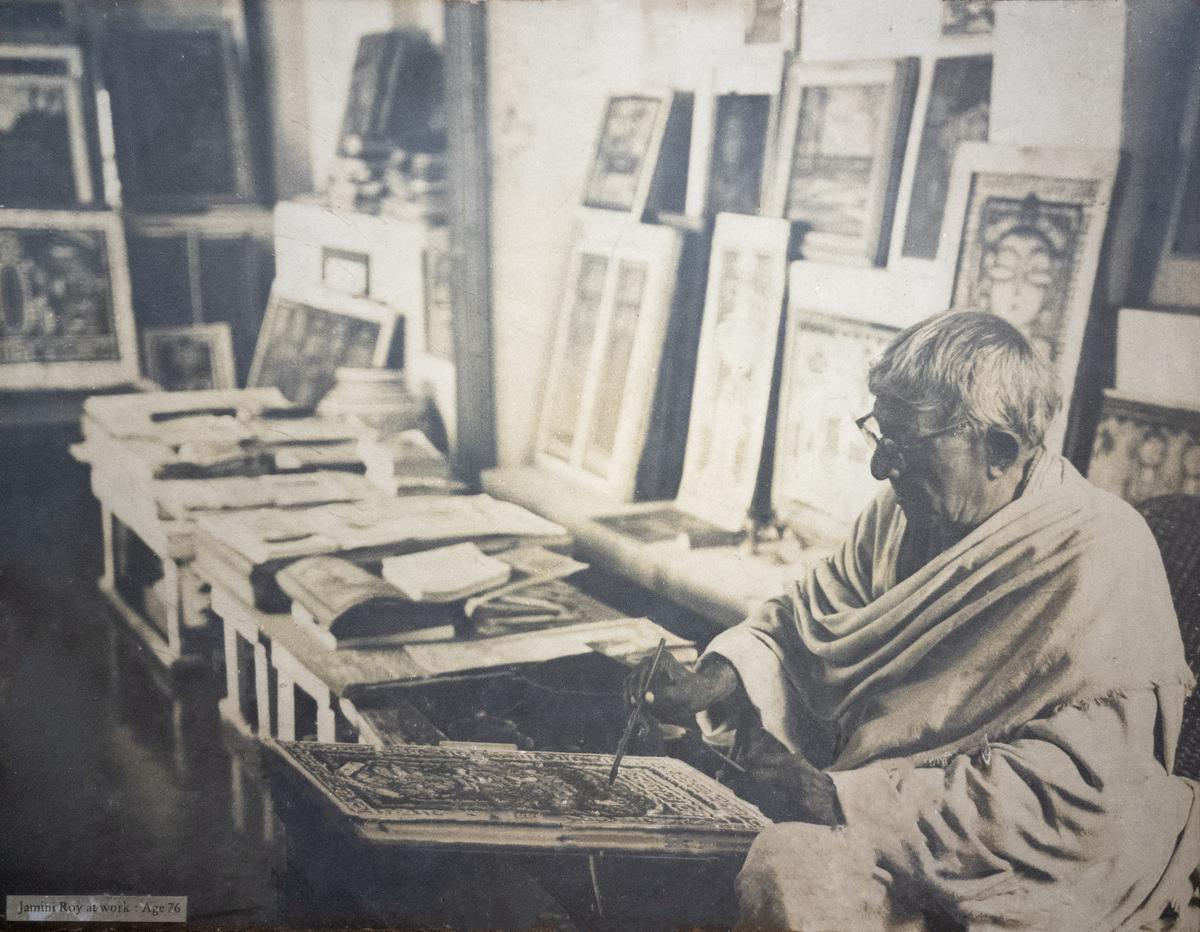
Artist Jamini Roy in his studio
Now you have DAG’s latest announcement, about acquiring the 75-year-old Jamini Roy house in Kolkata and its plans to open India’s first private single-artist museum in April next year. Located in Ballygunge Place, it is where the artist, inspired by the traditions of local folk artists and sculptors, lived till his passing away in 1972. “This is the single most important project undertaken by DAG,” confirms Ashish Anand, CEO and managing director of DAG, when we reach out to him. With the assistance of conservation architects and designers, the built-up area of over 7,000 sq. ft at Roy’s Kolkata house will be equipped with galleries, community spaces such as a resource centre and a library, as well as a museum shop and café.
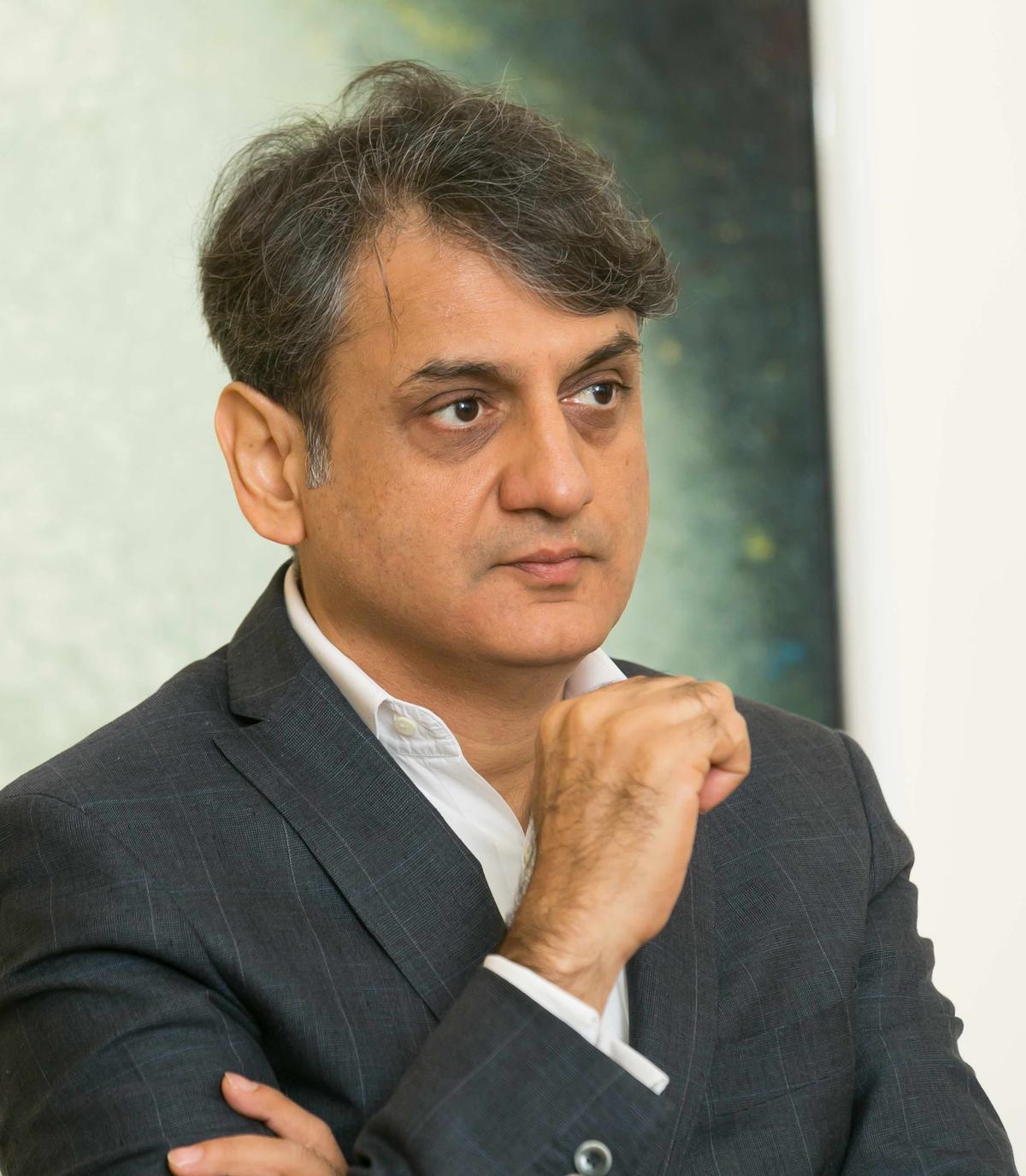
DAG CEO Ashish Anand
We speak to Anand about this project that was also inspired by the Frida Kahlo museum in Mexico and the increasing participation of private players in art in India:
What initially drew you to Jamini Roy’s three-storey house in Ballygunge Place?
The fact that the artist had worked and lived here from 1949 to 1972. This is where he received dignitaries. There are so many memories here, so much history. Our belief is that while recreating some of the ambient atmosphere of the artist’s studio, we also need to keep in mind how the museum will lend itself to collaborative efforts. In the end, we intend to take Jamini Roy’s legacy forward.
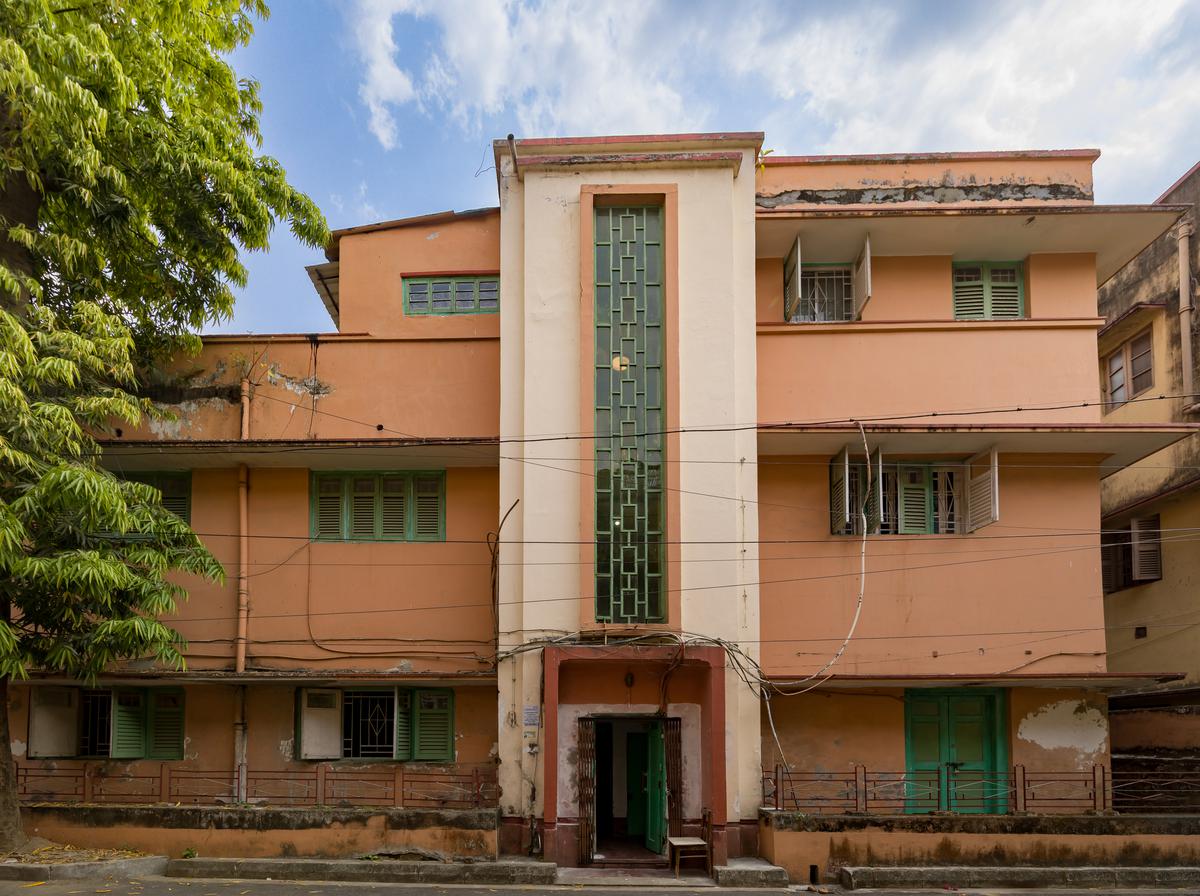
Artist Jamini Roy’s house in Ballygunge Place
| Photo Credit:
Vivian Sarky
You also have an exhibition of Jamini Roy’s distinctive works at the Mumbai DAG at Taj Mahal Palace.
Jamini Roy changed the course of art history in India. He trained in the western style, began his career at the height of the Bengal School movement, yet dared to turn his back on these to create a new form of art rooted in folk traditions. This is why DAG could not have done better than to begin its journey of building museums from scratch with the Jamini Roy House Artist Museum.
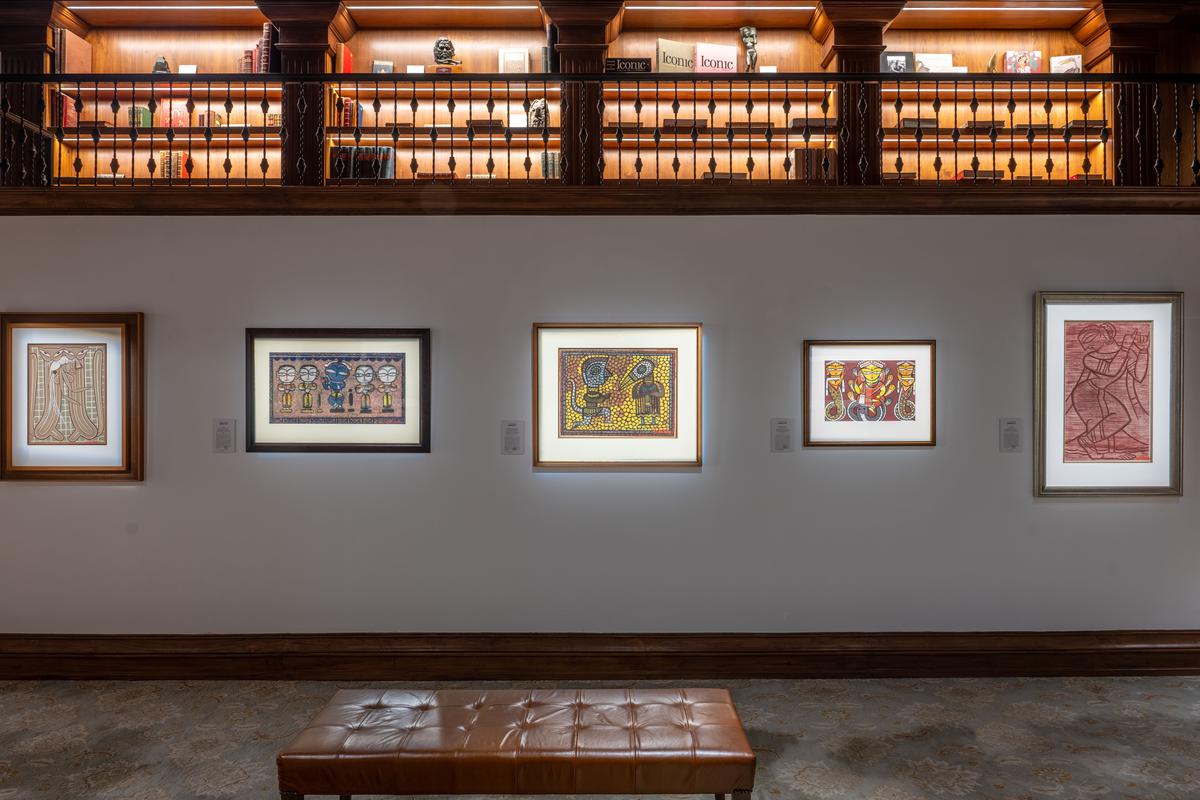
Jamini Roy’s show at the Mumbai Taj Mahal
Switching between gallery and museum
“There is easy mutability within our shows — they can be viewed at any of our galleries or in museums, as has been done. DAG exhibitions have travelled to the Bhau Daji Lad Museum and the Indian Museum in Mumbai and Kolkata, respectively, for instance; they have been shown at Bikaner House and India Habitat Centre in New Delhi, at the Lalit Kala Akademi in Chandigarh, and at Jawahar Kala Kendra in Jaipur; of course, they are intended for viewing at our galleries as well. If people won’t some to see at, we will take the art to the people!”
Why do you think India has not had a private single artist museum so far?
India hasn’t had a culture of deep cultural philanthropy. Philanthropy, yes, but in the fields of education, environment, health, emergency relief initiatives, etc. However, noteworthy steps towards art and culture are being taken now by renowned collectors and I believe many more will enter the space, including corporates with large collections.
You have often said that works by great masters need great locations. What drew you to DAG’s new address in Delhi?
In any great city, the museums and serious galleries are always located in the heart of the city. People want easy access, and Janpath — particularly the vicinity where DAG has opened its new gallery — is part of the cultural district of the capital. The National Gallery of Modern Art and the National Museum are a stone’s throw away; the Mandi House art district is close at hand. We couldn’t have found a better location.
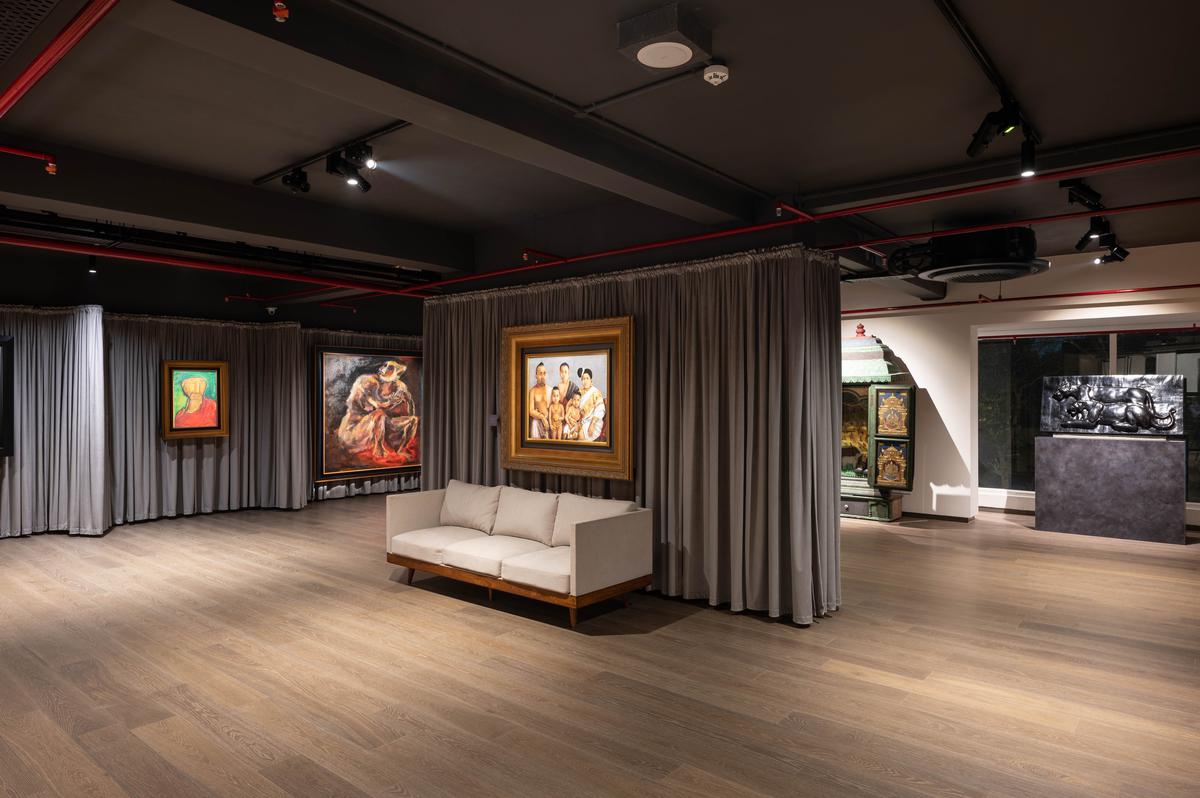
At the DAG Janpath gallery
Like the first edition of ‘Iconic Masterpieces’ in Mumbai last year, this second edition of 50 works at Janpath has many firsts. Could you share a few you are partial to?
What makes a work truly iconic? Raja Ravi Varma’s first commissioned painting, Amrita Sher-Gil’s only known sculpture in existence, the only exhibited work by Japanese artist Shōkin Katsuta, works of western artists such as Marius Bauer, Thomas Daniell or Edwin Lord Weeks that have never before been shown in the country, by artists from Undivided India such as Allah Bux or M.A.R. Chughtai… While the process of selecting, editing and curating is exhausting, the quality of these works is the finest statement we can make about the legacy of Indian art.
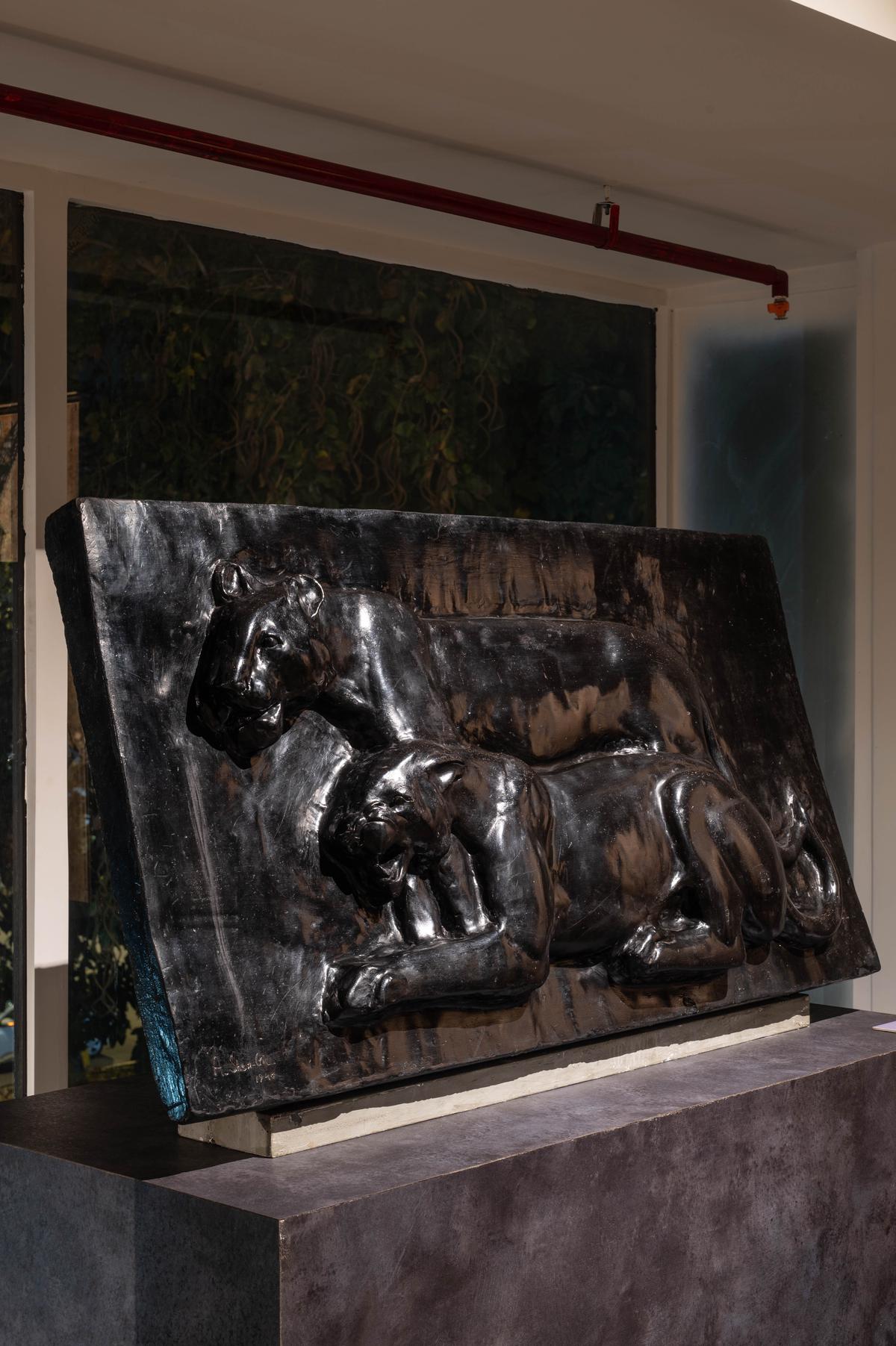
Amrita Sher-Gil’s sculpture at Janpath
Since 95% of the audience for art at present is between Delhi and Mumbai, what is being done by DAG to create an understanding for the rest of India?
Interest in art in India is growing and there are exciting things happening all over the country, but, of course, Mumbai and New Delhi remain the most important centres for the art community. Over the years, we have taken our exhibitions around India — to Jaipur, Baroda, Ahmedabad, Bengaluru, Chennai, Hyderabad, Pune, Chandigarh, to name a few places. Our historical exhibition, March to Freedom, held in 2022 at Indian Museum Kolkata will be exhibited later this year in Patna. The Jamini Roy museum next year should be a catalyst for more such projects led not just by DAG but by others from within the art fraternity as well. For a country with such a long [and unbroken] tradition of art, we have very few current instances of patronage and philanthropy. The Nita Mukesh Ambani Cultural Centre in Mumbai, the Kiran Nadar Museum of Art in New Delhi, these are just a few instances of the kind of organisations we need to scale up interest in the arts.
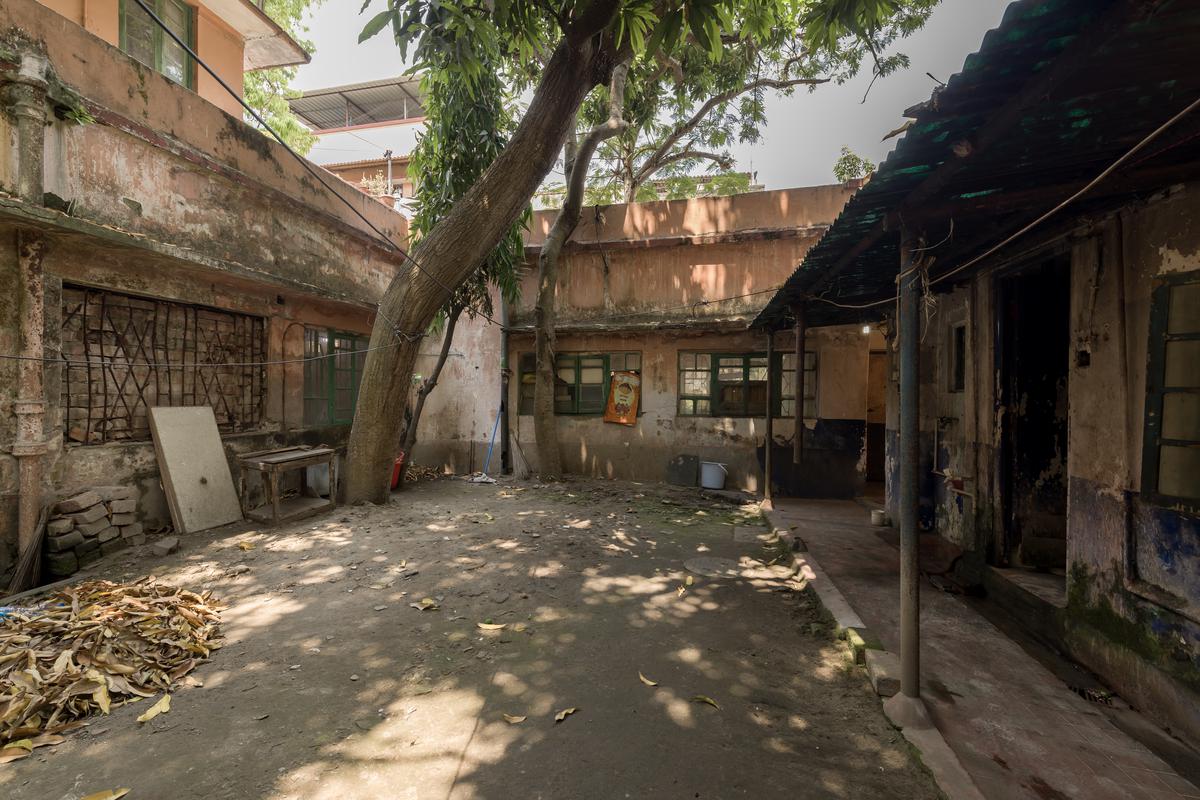
The courtyard garden where artist Jamini Roy would often paint
| Photo Credit:
Vivian Sarky
The design of a gallery
“Each gallery we’ve designed with DAG was an exercise for the layering of materials. And with each contemporary gallery space, from The Emporio to The Claridges and now Janpath, we experimented with different combinations of materials, including micro-concrete, wood, veneers, and soft furnishings such as carpets and curtains that serve as a neutral backdrop to the collections. One floor at the new gallery has a lighter palette with oaks and greys whilst the other has a darker palette of rich walnuts. The secluded walnut finish chunk that houses a VIP lounge and a collaborative space with a display of antiquarian books is located next to a massive skylight. It floods the interior with a spectacular quality of daylight.”
Sonali Rastogi (founding partner, Morphogenesis)
It is true that besides what state museums and academies do, the increasing participation of private players in art is setting the course for a broader narrative of Indian and South Asian art.
State institutions have government support and are huge repositories of our art, culture and history, but they do not have the flexibility of private players who are better integrated with the global art fraternity. We learned a lot from our collaborations with ASI and NGMA at Red Fort and with Ghare Baire. As a commercial institution, we need to monetise part of our collection but are more excited about sharing it with the people at large.
Iconic Masterpieces of Indian Modern Arts, Edition 2, ends this Sunday at DAG Janpath gallery, but will be travelling soon to Mumbai.

